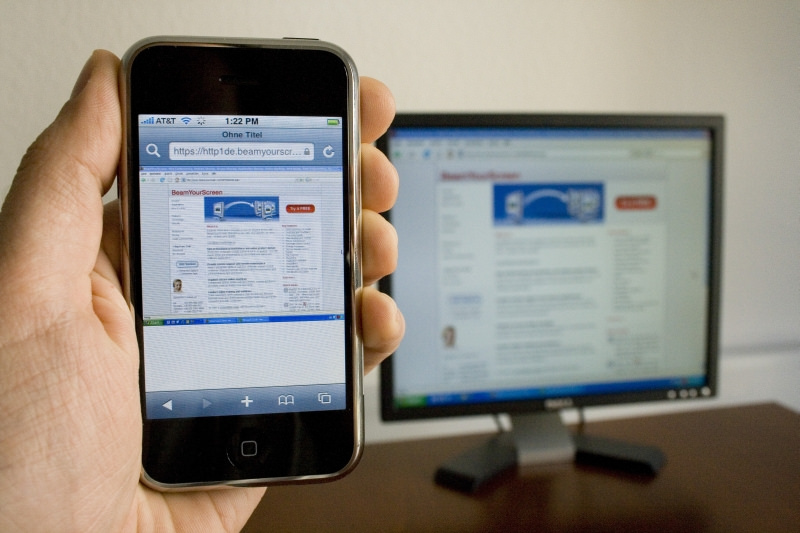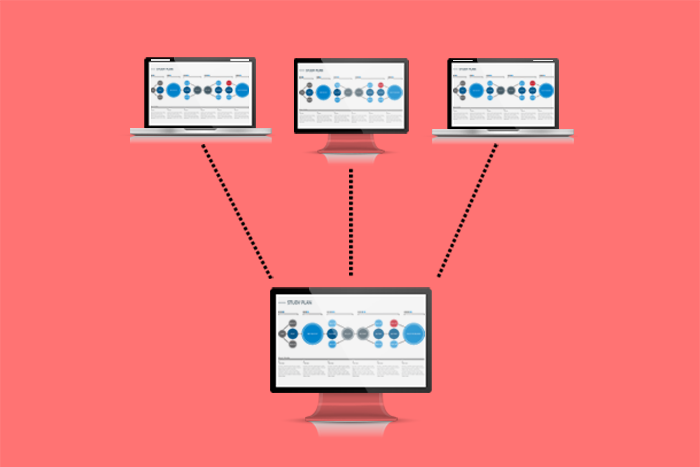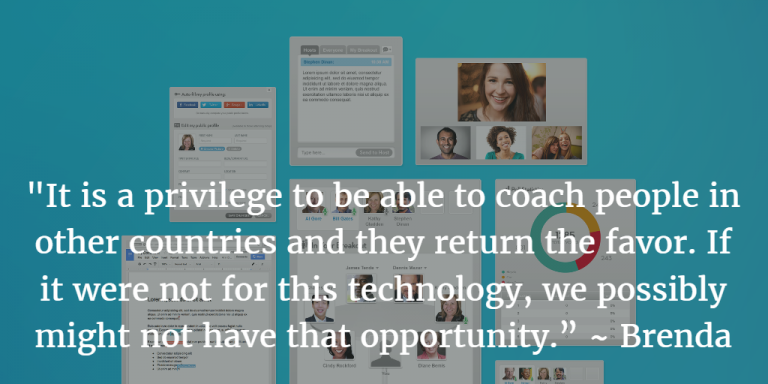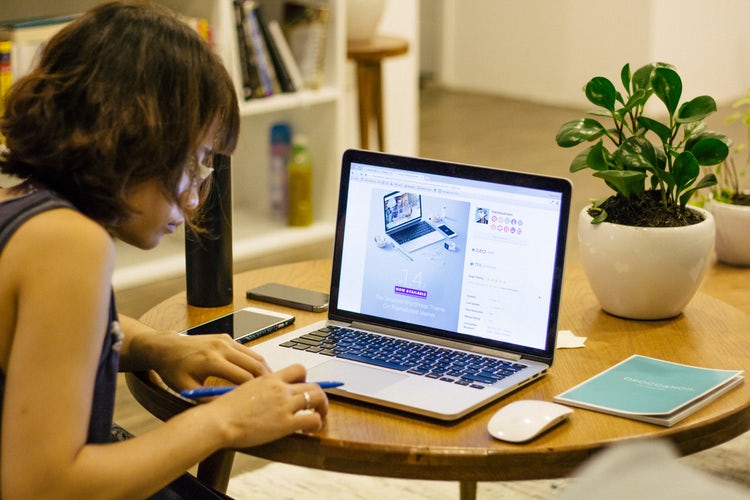3 Ways to Use Screen Sharing in Your Next Webinar
Screen sharing is a simple feature that’s available in most webinar solutions. As its name suggests, screen sharing allows remote participants to view your desktop. It’s almost an afterthought when it comes to web conferencing, one of those features that we have all come to expect by default. Yet, it can play a central role in your arsenal of webinar interactivity tools, as it remains one of the best ways to encourage collaboration and participation during your webinars.
Like most other tools that have become commonplace, most marketers don’t use screen sharing to its full potential. In most cases, it’s just used to view documents and clippings. Yet simple screen sharing can make the difference between an engaging, exciting webinar experience versus one that dulls and lulls your audience to sleep.
Below, we explore three ways in which you can use screen sharing to improve audience engagement.
Screen Sharing Best Practices
To minimize distractions and create a seamless experience, there are a few things you need to do before any screen sharing session:
- Turn Off Notifications: Notifications were developed to grab your attention regardless of what you are doing. There shouldn’t be anything popping up on your screen during the sharing session because it’s highly distracting for both viewer and presenter. Turn off email and other forms of notification (instant messenger, social media, etc.) that may interrupt the screen you’re sharing.
- Close Unneeded Apps: If you are running several apps that aren’t important for the screen sharing exercise, close them. Keeping unused apps running in the background eats away at your system resources, which can result in performance lagging. In addition, it will create confusion as you navigate through several views.
- Reduce Animation Effects: If you are using PowerPoint, fancy animations and flashy graphics will not show correctly for people with slower internet connections. Go through your deck ahead of time and change any motion effects such as slow fades and fly-ins to regular transitions.
- Clean Up Your Desktop: You may not plan for attendees to see your desktop during the screen sharing session, but you never really know what might happen. A noisy desktop looks unprofessional.
Once you have done your pre-sharing checks, you can go ahead and present your screen to your prospects.
-
How To Complete Tasks
Don’t just tell but show. In fact, you should take advantage of any opportunity to demonstrate processes in live and living color. What better way to create trust and increase your authority in the marketplace than to clearly demonstrate your expertise in real time in front of a live audience?
Whenever you consider explaining a process or task, consider whether you can demonstrate it partially or in its entirety by way of screen sharing. Showing how something is done is much easier for your audience to comprehend and for your speaker to prepare than explaining it with words only.
Moreover, if anyone doesn’t understand, instead of explaining with another combination of words, you can vividly show what you are doing by sharing your screen as you narrate the process. Making sure that your participants are able to clearly and easily follow along as you explain a concept or process goes a long way in preventing/reducing frustration for your audience.
There’s no better way to keep meetings on track and everyone on the same page than by literally sharing the same view of the page.
-
Product Demonstrations
Why would you present a recorded demo when you can use live sharing to demonstrate the use of your product? Sharing your screen and showing the actual product makes it far more convincing than simply telling people about it. This is doubly true for software products that require extensive explanation.
A live video is easily the best way to present your software and explain how it is to be used. When participants can literally see the workings live, they are far more likely to purchase a subscription, especially if your application has advanced features.

Moreover, one of the most important benefits of live video is that it allows people to ask direct questions and get live responses. Today’s online audience requires (demands?) live interaction and instant response.
-
Give Control
The advantages of screen sharing over using a webcam are not just interactivity and rhythm but also the ability to give others control over your screen.
Why spend hours on one-way presentations when sharing your screen allows attendees to engage with the information being discussed?
Most IT support companies will be very familiar with this feature. It allows someone to control your entire screen, keyboard, and mouse from their personal computer.
In other words, they take control of your screen, and by extension, the event itself for that moment.

When you are a webinar presenter, you can grant other presenters or even attendees to share control of your keyboard and mouse. If this seems worrisome, most applications will allow you to override mouse movements and temporarily regain control if the person in control is doing something wrong. This means that while they will be able to take action on your PC, you still have control over what they are doing.
Let’s take the example of a webinar in which a complex process is being explained. After conducting the entire process the host may decide to allow a participant to try one step in the process just to show a regular person doing it. On the other hand, he/she may decide to have another presenter explain the process from the same screen. Being able to give this control to your audience and then take it back when needed introduces a new, deeper level of interaction and engagement to your event.
In addition, giving control of your screen can go a long way when there are two webinar presenters connecting virtually. Whose screen should be shown and when? Showing one screen and having each presenter taking control when necessary ensure the most efficient way to jointly present a webinar.
Over To You
As a webinar host, you should always be looking out for different ways to interact with your customers. More interactive webinars mean greater engagement which leads to greater sales. As modern business become savvier and more elements of modern life are being handed over to the internet, remote collaboration will continue to expand in popularity.
With that said, screen sharing will become even more powerful in the future with greater features and more seamless integration. You don’t need to purchase expensive webinar software subscriptions. Even the simplest of webinar platform tools can be maximized to achieve greater results. Our advice? Start with screen sharing.





